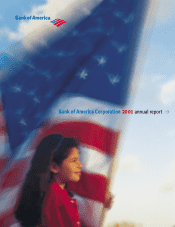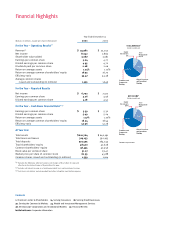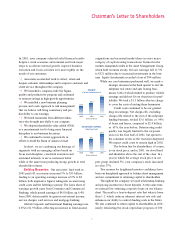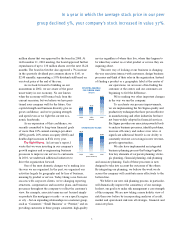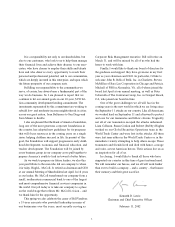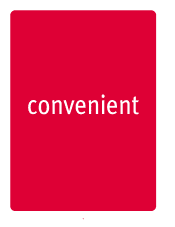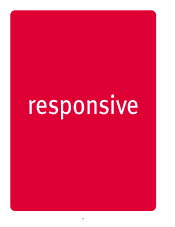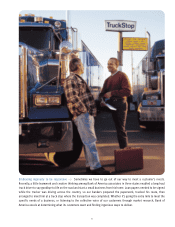Bank of America 2001 Annual Report Download - page 5
Download and view the complete annual report
Please find page 5 of the 2001 Bank of America annual report below. You can navigate through the pages in the report by either clicking on the pages listed below, or by using the keyword search tool below to find specific information within the annual report.
3
million shares that was approved by the board in 2000. At
its December 11, 2001 meeting, the
board approved further
repurchases of up to 130
million shares over the next 18-24
months. The board in October also approved a 7% increase
in the quarterly dividend per common share to $.60, or
$2.40 annually, representing a 3.8% dividend yield based on
our stock price at the end of the year.
As we look forward to building on our
momentum in 2002,
we are aware of the great
uncertainty in our
economy. No one knows
when the economy will bounce back from the
current recession, but we believe we have posi-
tioned your company well for the future. Our
capital strength and business diversity give us
great confidence, and we’re gaining strength
and speed even as we fight the current eco-
nomic headwinds.
As an expression of this confidence, we
recently committed to long-term financial goals
of more than 10% annual earnings-per-share
(EPS) growth, 20% return on equity (ROE) and
double-digit increases in SVA every year.
The Right Moves.
In last year’s report, I
wrote that we were investing in our company’s
growth engines and re-engineering business
processes to improve our service to customers.
In 2001, we undertook additional initiatives to
drive the organization forward.
One of the most dramatic changes we’re making is in
the way we are organized. In the past, we organized our
activities largely by geography and by line of business,
meaning by product or service. Today, taking a cue from our
success with corporate clients, we’re changing reporting
structures, compensation and incentive plans, and business
processes throughout the company to reflect the customer’s
view. For example, associate teams are not
focused simply
on products like mortgages or cards – or on a specific region
or city – but on expanding relationships in a customer group,
such as “Consumer,” “Small Business” or “Premier,” and on
providing customers in these groups consistent, high-quality
service regardless of where they live, where they happen to
be when they contact us or what product or service they are
inquiring about.
This new way of looking at our business is changing
the way associates interact with customers, design business
processes and think of their roles in the organization. Instead
of finding a product or a geographic label at the center of
our operations, we are more often finding the
customer at the center, and our customers are
beginning to feel the difference.
We’re making two other important changes
in the way we run the company.
To accelerate our process improvements,
we are implementing the Six Sigma quality and
productivity techniques that have proven effective
in manufacturing and other
industries but have
not been widely adopted in financial
services.
Six Sigma provides our associates powerful tools
to analyze business processes, identify problems,
increase
efficiency and reduce error rates. A
significant additional benefit is our ability to
constantly reinvest cost savings in new revenue-
growth opportunities.
We also have implemented an integrated
business
planning process that brings together
four key elements of
corporate planning: strate-
gic planning, financial planning,
risk planning
and associate planning. Each of these processes is now
designed to take into account the outcomes of the others.
By integrating our planning, we believe the work we do
across the company will contribute more effectively to the
bottom line.
We believe our new risk planning process, in particular,
will dramatically improve the consistency of our earnings.
In short, our goal is to make risk management a core strength
of this company. We are now taking a more holistic view of
risk than ever before by incorporating analyses of credit,
market and operational risk into all strategic, financial and
associate plans.
OPERATING NET INCOME
1999 2000 2001
(Dollars in billions)
$8.24
$7.86
$8.04
OPERATING EARNINGS
PER COMMON SHARE
(Diluted)
1999 2000 2001
(Dollars)
$4.68
$4.72
$4.95
In a year in which the average stock price in our peer
group declined 5%, your company’s stock increased in value 37%.

